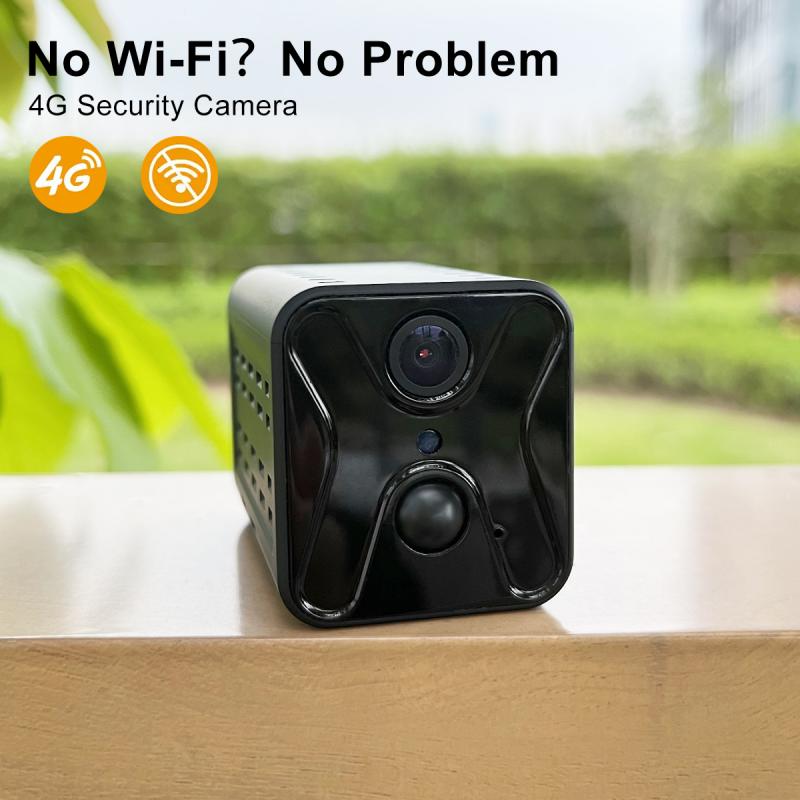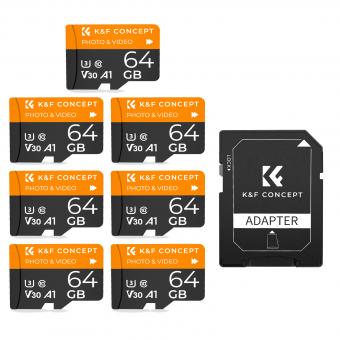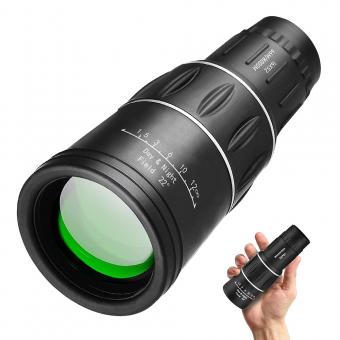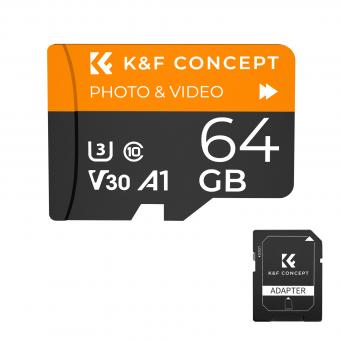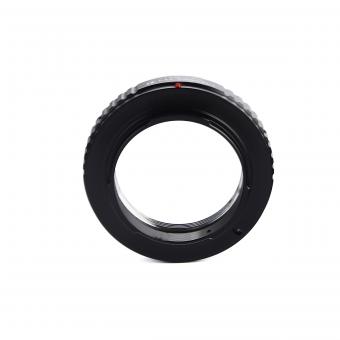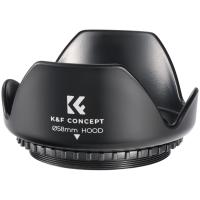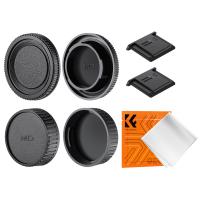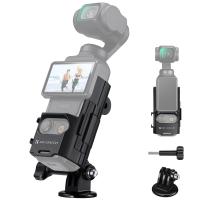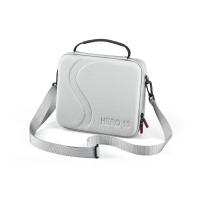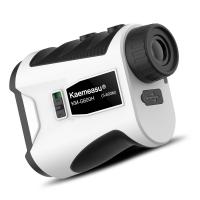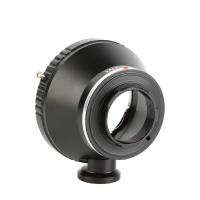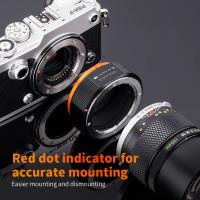How Long Do Surveillance Cameras Keep Footage ?
The length of time that surveillance cameras keep footage can vary depending on various factors such as the storage capacity of the system, the settings configured by the user, and the specific requirements or regulations in place. In some cases, footage may be stored for a few days or weeks, while in other situations, it can be retained for several months or even years.
1、 Retention Period: Duration of time surveillance cameras store recorded footage.
Retention periods for surveillance camera footage can vary depending on various factors such as legal requirements, organizational policies, and storage capacity. The duration of time that surveillance cameras store recorded footage is typically referred to as the retention period.
In many jurisdictions, there are legal requirements dictating the minimum retention period for surveillance camera footage. These requirements are often set by government bodies or law enforcement agencies to ensure that video evidence is available for a sufficient period of time to aid in investigations or legal proceedings. The specific retention periods can vary widely, ranging from a few days to several months or even years.
Organizations may also have their own policies regarding the retention of surveillance camera footage. These policies are often based on legal requirements, but they can also take into account factors such as the nature of the organization's operations, the level of security risks, and the availability of storage resources. Some organizations may choose to retain footage for longer periods than legally required to provide additional protection or to comply with industry standards.
Advancements in technology have also impacted the retention period of surveillance camera footage. With the increasing availability of high-capacity storage solutions, organizations can now store video footage for longer periods without the need for frequent manual deletion or overwriting. Additionally, the use of cloud-based storage systems has provided organizations with the ability to store large amounts of footage for extended periods without the need for on-site infrastructure.
It is important to note that the retention period for surveillance camera footage should be balanced with privacy considerations. Organizations should ensure that they are not retaining footage for longer than necessary and should have clear policies in place regarding the deletion or destruction of footage once the retention period has expired.
In conclusion, the retention period for surveillance camera footage can vary depending on legal requirements, organizational policies, and technological advancements. It is essential for organizations to comply with legal obligations while also considering privacy concerns and utilizing appropriate storage solutions to meet their specific needs.

2、 Legal Requirements: Compliance with laws dictating footage retention duration.
Surveillance cameras are an essential tool for ensuring security and monitoring activities in various settings. The duration for which surveillance footage is retained depends on legal requirements and compliance with applicable laws. These laws dictate the minimum duration for which footage must be stored, and organizations must adhere to these guidelines to ensure compliance.
The specific retention period for surveillance footage varies across jurisdictions and can be influenced by factors such as the type of establishment, the purpose of surveillance, and the nature of the recorded activities. For instance, in some countries, the retention period for footage captured in public places may be shorter than that for footage recorded in private premises.
Legal requirements regarding footage retention duration are subject to change, as laws and regulations are periodically updated to address evolving security concerns and privacy considerations. It is crucial for organizations to stay informed about the latest legal requirements and adjust their practices accordingly.
In recent years, there has been an increased focus on privacy rights and data protection. As a result, some jurisdictions have introduced stricter regulations regarding the retention of surveillance footage. These regulations aim to strike a balance between security needs and individual privacy rights. Organizations are now required to be more transparent about their surveillance practices and ensure that the retention of footage is justified and necessary.
To ensure compliance, organizations should regularly review and update their policies and procedures regarding surveillance footage retention. They should also implement appropriate security measures to protect the stored footage from unauthorized access or tampering.
In conclusion, the duration for which surveillance cameras keep footage is determined by legal requirements and compliance with applicable laws. Organizations must stay up to date with the latest regulations and adjust their practices accordingly to ensure the security of their premises while respecting privacy rights.
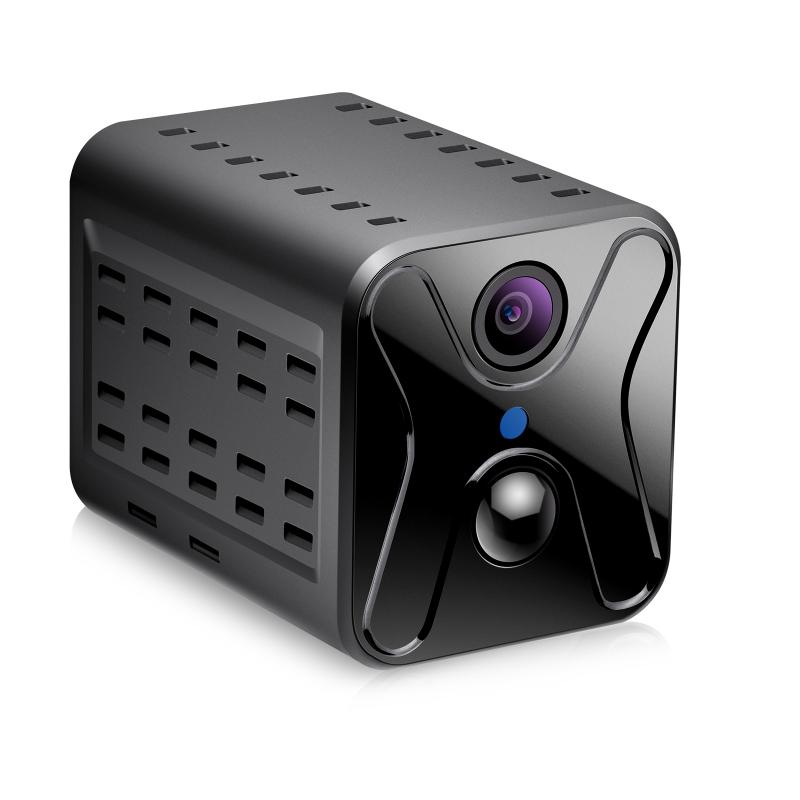
3、 Industry Standards: Recommended timeframe for retaining surveillance camera footage.
Industry standards recommend retaining surveillance camera footage for a specific timeframe to ensure the availability of evidence for investigations, legal purposes, and security audits. The recommended timeframe for retaining surveillance camera footage varies depending on the industry, jurisdiction, and specific requirements. However, there are some general guidelines that can be followed.
In the past, it was common for organizations to retain surveillance camera footage for a period of 30 days. This timeframe was considered sufficient for most incidents and investigations. However, with the advancements in technology and the increasing importance of video evidence, the recommended timeframe has been extended in many cases.
Currently, the industry standard for retaining surveillance camera footage is typically between 30 to 90 days. This timeframe allows organizations to have access to video evidence for a reasonable period, considering the time it may take to identify and investigate incidents. Additionally, it provides a buffer in case incidents are discovered after they occur.
However, it is important to note that certain industries and jurisdictions may have specific requirements that mandate longer retention periods. For example, in the financial sector, organizations may be required to retain surveillance camera footage for up to seven years to comply with regulatory requirements.
Furthermore, recent developments in artificial intelligence and video analytics have led to an increased focus on the potential value of historical surveillance camera footage. Some organizations are exploring the use of machine learning algorithms to analyze past footage for predictive purposes or to identify patterns and trends. As a result, there is a growing interest in retaining surveillance camera footage for longer periods, such as six months to a year or even more.
Ultimately, the recommended timeframe for retaining surveillance camera footage should be determined based on the specific needs and requirements of the organization, industry, and jurisdiction. It is essential to consult legal and regulatory experts to ensure compliance with applicable laws and regulations.

4、 Storage Capacity: Amount of recorded footage a system can hold.
Surveillance cameras have become an integral part of our daily lives, providing security and peace of mind in various settings. One crucial aspect of these cameras is their storage capacity, which determines the amount of recorded footage a system can hold. The duration for which surveillance cameras keep footage depends on several factors, including the storage capacity of the system, the resolution of the cameras, and the settings configured by the user or system administrator.
The storage capacity of surveillance systems has significantly improved over the years, thanks to advancements in technology. In the past, analog systems had limited storage capabilities, often requiring frequent manual intervention to replace tapes or disks. However, with the advent of digital systems, storage capacity has increased exponentially. Modern surveillance systems utilize hard drives or network-attached storage (NAS) devices to store recorded footage, offering significantly larger storage capacities.
The duration for which surveillance cameras keep footage can vary widely depending on the aforementioned factors. Higher resolution cameras tend to generate larger file sizes, reducing the overall storage capacity. Additionally, the settings configured by the user or system administrator, such as frame rate and motion detection sensitivity, can also impact the storage duration. For instance, a system set to record at a higher frame rate or with high sensitivity to motion will consume more storage space.
In general, surveillance systems can retain footage for a few days to several months. Small-scale systems with limited storage capacity may only retain footage for a few days before overwriting older recordings. On the other hand, larger-scale systems with ample storage capacity can retain footage for several months or even years.
It is important to note that the latest advancements in storage technology, such as solid-state drives (SSDs) and cloud storage, have further expanded the storage capabilities of surveillance systems. SSDs offer faster access to recorded footage and increased durability compared to traditional hard drives. Cloud storage solutions provide virtually unlimited storage capacity, allowing for long-term retention of footage without the need for physical storage devices.
In conclusion, the duration for which surveillance cameras keep footage depends on the storage capacity of the system, the resolution of the cameras, and the settings configured by the user or system administrator. With the continuous advancements in storage technology, surveillance systems can now retain footage for longer periods, ensuring the availability of recorded data when needed.
